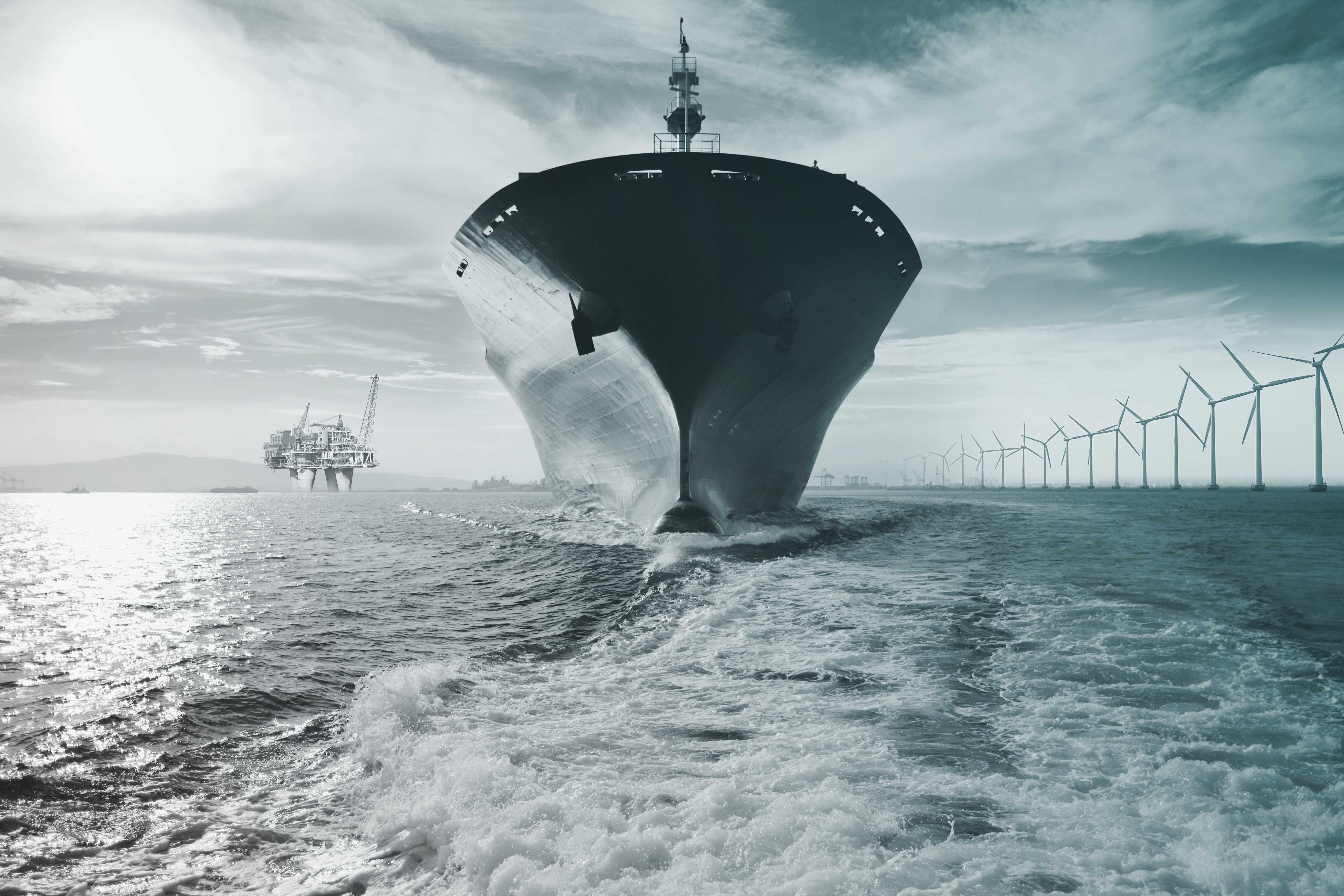Role of LNG is to make ammonia and hydrogen until renewable electrivcity production is scaled up
The World Bank has published two reports focused on the decarbonisation of shipping focus on the role of ammonia and the role of liquid natural gas. LNG, it says, is best used to make ammonia and hydrogen using captured carbon dioxide, then seen as a fuel to transition to biomethane or synthetics methane.
The first report assesses the potential gains for developing countries in producing zero-carbon bunker fuels finding that “ammonia and hydrogen, “green fuels” if produced from renewable electricity, are the most promising for shipping at present. These fuels strike the most advantageous balance of favourable features relating to their lifecycle GHG emissions, broader environmental factors, scalability, economics, and technical and safety implications.
The report adds that ammonia and hydrogen offer additional flexibility as they can also be produced from natural gas combined with carbon capture storage (CCS technology)—then often referred to as “blue fuels.”
The report authors state that multiple production pathways can help overcome concerns that not enough renewable electricity may be available initially to produce “green” ammonia and “green” hydrogen only.
While biofuels and synthetic carbon-based bunker fuels also demonstrate high technical potential for use as zero-carbon bunker fuels, ensuring large-scale supply is likely to be constrained by the limited availability of, and competing demands for, sustainable biomass and lower cost competitiveness, respectively.
The second report focuses The Role of LNG in the Transition Toward Low-and Zero-Carbon Shipping,
The World bank report argues that despite the fuel’s air quality benefits relative to oil-based bunker fuels, LNG is unlikely to play a significant role in decarbonising the industry. The researchers claim that LNG will likely be used in niche areas.
The authors also looked at the way LNG could be a transition fuel to fuels such as liquified biomethane or liquified synthetic methane, which are seen as the only two fuels capable of using existing LNG infrastructure. The World Bank report says neither is likely to have a significant market share in the long term.
However the report does point to the potential to use LNG along with CO2 (through carbon capture and storage) to create zero-emission ammonia or hydrogen while the infrastructure is built up to make significant ammonia and hydrogen from renewable electricity
Report One: The Potential of Zero-Carbon Bunker Fuels in Developing Countries
Report Two: The Role of LNG in the Transition Toward Low- and Zero-Carbon Shipping































